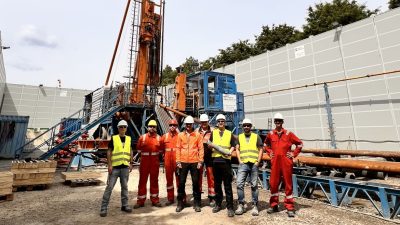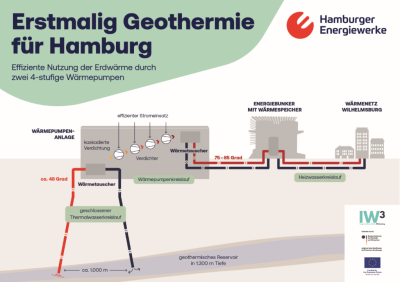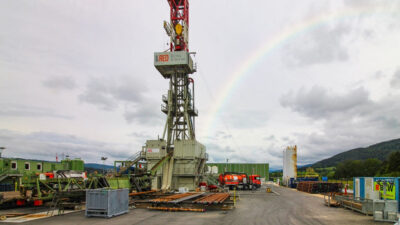No correlations between geothermal emissions and respiratory health, according to Tuscany survey
A detailed epidemiological study done in the Amiata municipalities in Tuscany, Italy has shown that increasing geothermal emissions does not lead to increased risk of respiratory disorders
A survey done by InVETTA and the Regional Health Agency (ARS) Tuscany has concluded that geothermal activity has had no significant impacts on the respiratory health of the population in the Amiata municipalities in Tuscany. These are based on the results of over 10 years of in-depth studies culminating in the InVETTA survey titled “Biomonitoring survey and epidemiological assessments for the protection of health in the Amiata territories.”
Previous studies done in Amiata
Interest in the Amiata municipalities started from increasing mortality rates and hospitalization rates from 2000 to 2006. A study on this phenomenon was done by ARS in partnership with CNR of Pisa and published in 2010. At the time, health concerns included cardiovascular disease, renal failure, tumors in females, and neurological diseases in males. However, the study failed to prove or disprove any correlation of the health issues with the geothermal development.
Another study done in 2017 showed that there was no relationship between increased concentration of hydrogen sulfide and the risk of mortality or hospitalization. More interestingly, the mortality rate of 13% to 14% recorded in 2000-2006 had decreased to around 3.3% from 2009-2015. This is despite the growth of geothermal power production in the region of Tuscany.
With about 2060 citizens being surveyed for the project, the ARS survey is unprecedented in terms of depth, detail, and duration on both qualitative and quantitative aspects. Aiding ARS in this study are the doctors, nurses, and staff of the South East Tuscany Local Health Authority, the Public Health Laboratory of the Vasta South East Area, and the Nottola Hospital Plant Analysis Laboratory.
Hydrogen sulfide exposure has no health effects
One of the major findings of the epidemiological study was that there was no relationship between exposure to geothermal emissions and respiratory health. More specifically, an increase in the concentration of hydrogen sulfide did not lead to increased occurrence of chronic obstructive pulmonary disease (COPD) or other abnormal respiratory functions such as asthma or bronchitis.
There was also no observed association with cardiovascular disease, cancer, reproductive disorders, and other chronic diseases. Surprisingly, there was even an observed trend of decreased risk of respiratory disease with increased exposure to hydrogen sulfide.
An exception to this trend was the observed increased risk of hypertension. However, this association was difficult to establish in light of recent studies that highlight the possible cardioprotective effects of hydrogen sulfide such as vasodilation, which may result in reduced heart rate and blood pressure.
Studies to continue on presence of metals in water
One finding of the study that warrants further investigation is the presence of arsenic and thallium in water and how this may lead to health issues. Food-related exposure to arsenic and thallium were found in the survey population as evident by the increase in the levels of these metals in urinary samples. Higher urinary levels of thallium and mercury were also found in samples from workers at geothermal plants, although this is a very small sub-sample of the population.
ARS recommends continued monitoring of arsenic and other metals in water, particularly those in private wells that can be either ingested or used as irrigation in gardens. It is also recommended to extend the monitoring campaigns for metals in vegetable matrices from local gardens and crops to evaluate the role of food exposure in the uptake of these metals. An in-depth analysis of a larger sample of geothermal workers will also be needed to confirm the findings from the sub-sample of the previous study.
Source: Toscana Notizie and ARS Toscana



















